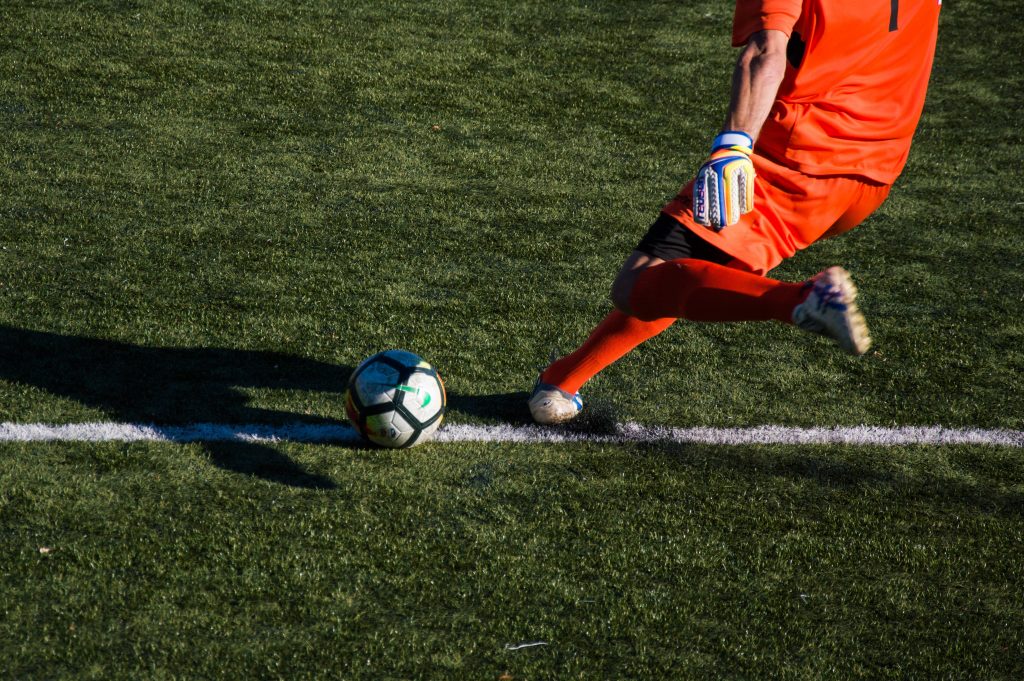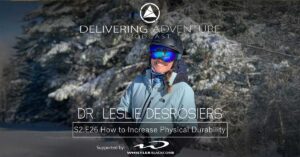Getting back to sports as quickly as possible, with a minimal chance of re-injury, is important to most athletes after an ankle sprain. The highest risk factor for an ankle sprain is having a history of a previous ankle sprain. Because the rate of re-injury after spraining an ankle is incredibly high, it is important to focus on proper healing after an injury occurs.
When a ligament is suddenly stretched or pulled beyond its capacity, it becomes sprained, and enters a state of acute inflammation. For information about types of ankle sprains and how they differ, read this post, “Ankle Sprains in Sports”.
For managing an acute ankle sprain, remember this acronym…
“PRICEMEM”: Protect, Rest, Ice, Compress, Elevate, Manual Therapy, Early Motion, Medication. More info about PRICEMEM is included in this post, “Ankle Sprains in Sports”.
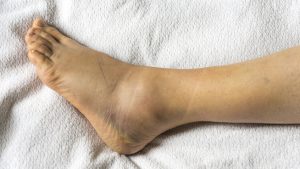
Rehab Tips
From acute management to long-term recovery, how you manage your sprain early-on, and how much rehab you commit to, will have a significant impact on whether or not you suffer a repeat sprain later. Consider the following tips next time you or a family member sprain an ankle…
- Place a large cold gel-pack over the injured portion of the ankle for approximately 20 minutes, several times per day. Be sure to protect the skin from a cold ice pack by placing a barrier between the cold pack and the skin, such as a small towel or pillow-case. Continue with an ice regiment diligently for the first 2-3 days or until there is no longer pain at rest; then continue as needed to manage swelling and pain, likely 1-2 times per day. Click here for our recommended cold packs.
- Protect the injured tissue (ligament) from further injury. This protection might involve temporary use of crutches, a boot, or a brace. Seek medical consult to rule out a fracture, especially if weight-bearing continues to be painful. A period of rest may be necessary so you decrease the load on the ligament and allow it an opportunity to heal.

- Start gentle movement by making small circles using your ankle (keep the circles as small as they need to be in order to be painFREE). Gradually, your circles may get larger, as the range of painfree motion increases. In a few days or a week, you might be able to make large circles and/or write the alphabet in the air using your toes. Again, THIS SHOULD BE PAINFREE. Advance as you are able to tolerate. You may also perform ankle pumps, as in pointing your toes down (like pressing down on a gas pedal), then bringing toes back up (toward your nose), stretching the back of the ankle, or the calf muscle. Movement promotes circulation and is healthy for the rest of the ankle, while continuing to protect the healing tissue.
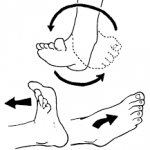
- Manual therapy by a skilled Physical Therapist can be helpful for decreasing swelling and restoring proper mobility of the many joints and soft tissues throughout the foot and lower leg. Leave this to the professionals for best prognosis. They will also help determine factors that contributed to the injury and how to resolve them and reduce the chance of re-injury.
- Once inflammation and swelling have subsided and mobility is normalizing, emphasis should turn to strengthening and proprioceptive retraining. Strengthening muscles across the ankle, particularly the peroneals and tibialis posterior muscles, will help to protect the ligaments from overuse or trauma. Try using a Theraband (resistance band) for inversion and eversion exercises. Begin with non-weightbearing (not standing) exercises to promote muscle activation and strengthening without overloading the joint with your body weight. As you can tolerate it (painfree), gradually transition to more weight-bearing (standing) exercises, including balance activities. Slowly progress toward functional, sport-specific exercises, including hip and core strengthening in multiple planes and directions, and eventually to agility, cutting, and plyometrics drills. Always focus on proper movement patterns and good mechanics to optimize muscular support and to protect the ankle from re-injury.
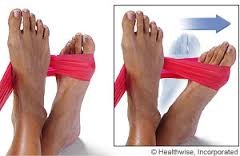
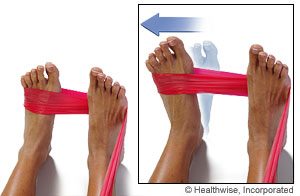
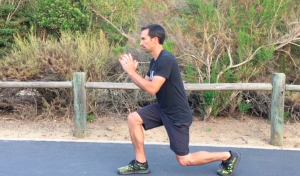
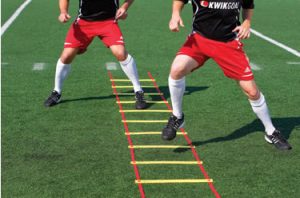
- A critical piece of rehab that is most often missed or ignored is balance or proprioceptive retraining. Under normal conditions, sensory receptors throughout the body send messages to the brain and nervous system about joint position and motion (especially important if your ankle is beginning to “roll” into an unsafe position). The body responds to these messages by quickly coordinating a response to restore a safer position or movement. This mechanism helps us to protect ourselves from injury “without thinking about it”. Proprioception can be delayed or impaired (often as a result of a sprain), and as a result, you will be more vulnerable to re-injury. To reduce your risk of re-injury after an ankle sprain, it is highly recommended that you perform proprioceptive training exercises (i.e. balance, agility, and landing mechanics).
- A simple and easy-to-do-anywhere proprioceptive exercise example is “Single Leg Balance” (standing on one foot). The type of surface upon which you are standing will be a factor for difficulty. A hard floor with shoes ON will be the easiest. For more challenge, stand on carpet or a pillow. Or try taking your shoe OFF to balance. Or try turning your head or closing your eyes (keep it safe, please!). You can try balancing on an unstable surface, like a dynadisc or BOSU Balance Trainer. You can make this even more challenging by tossing a ball with your hands or volleying a soccer ball with the other foot at the same time. There are numerous ways to advance a simple single leg balance exercise and make an effective proprioceptive balance drill.

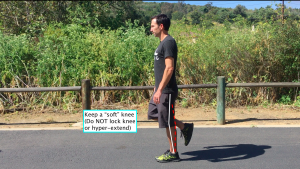
- How do you know which level is right for you? You should be challenged, yet successful with the exercise. You should have to work at maintaining your balance, but not struggling so much that you cannot hold it for about 20-30 seconds. If you are falling over, causing pain, wobbling excessively, positioned in pronation, knee valgus, or hip drop, then you have likely chosen an exercise that is too high level for you. A good orthopedic physical therapist will help you advance these exercises appropriately and provide cues for proper technique, such as neutral foot position, hip control, and core stability.
- Time is another factor in ankle sprain rehab that we simply cannot speed up. Your body requires time to heal. How much time will depending on the severity of the injury and the type of environment the tissue has to heal. You DO have control over the healing environment that you create. I often tell my patients, “Your body knows what to do and how to heal, you just have to LET it; and you have to give it a good environment to heal.” The more you physically disrupt the healing environment, through running, jumping, even walking for a prolonged period of time, the more slowly the healing process will go.
- You can also create a positive environment for healing through good nutrition, hydration, sleep, mental state, positive self-talk, etc. While you may not be able to control TIME, you CAN control several other variables in your life that can promote better, FASTER healing. Physical, Emotional, Mental, Social, and Spiritual factors all contribute to a positive healing environment.
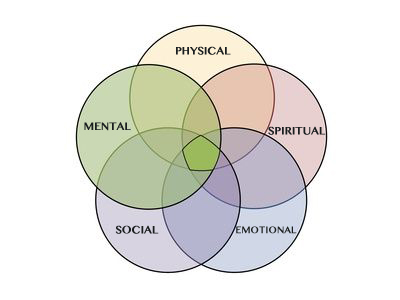
Keep in mind that no person, injury, or rehab is the same. All of the information included here is based on research and experience, but every case is a new case. We highly recommend working directly with a Physical Therapist, Athletic Trainer, or other qualified sports medical professional to appropriately progress through the stages of healing after an ankle sprain.
